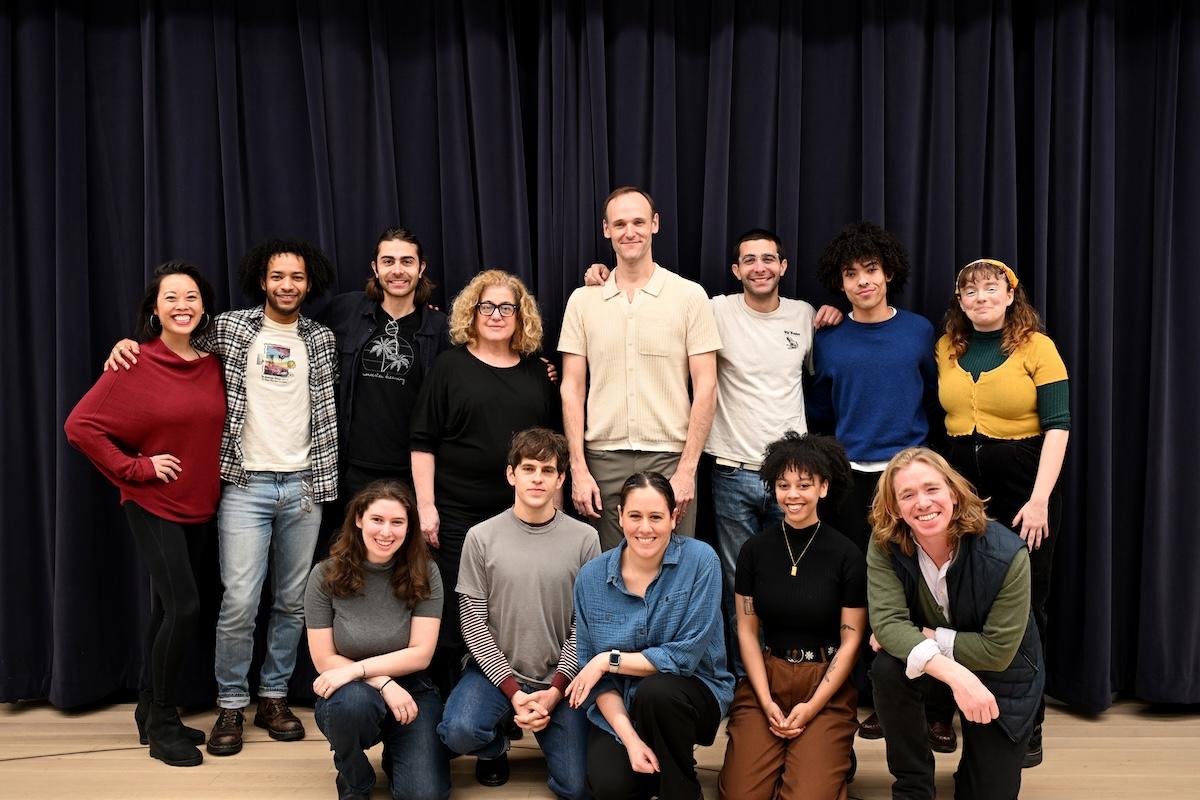The grieving process is a complex journey that everyone experiences in their own unique way after a loss. Whether it’s the death of a loved one or the end of an important relationship, navigating grief can feel overwhelming and isolating. Coping with loss involves embracing a range of emotions, from deep sorrow to unexpected moments of joy, as individuals find their path toward healing after loss. Many seek grief support through community resources, therapy, or even friendship, as these connections can be crucial in the bereavement phase. Understanding that grief is not linear allows us to better navigate the ups and downs of this emotional landscape, paving the way for eventual acceptance and peace.
When we talk about the journey of sorrow following a personal loss, we often refer to it as the bereavement experience. This emotional landscape is filled with various responses, ranging from profound sadness to the solace of memories shared. People often find themselves looking for effective ways to manage and process this pain, seeking healing following their loss through diverse support systems. The path to recovery is not merely about moving on but also about recognizing the importance of honoring those we have lost. As individuals traverse this terrain, they may explore different methods of grief management that resonate with their unique situations.
Understanding the Grieving Process
The grieving process is a complex and deeply personal journey through feelings of loss, pain, and ultimately, healing. It often begins unexpectedly, shattering one’s world in an instant, as described in the heartbreaking narrative of Geraldine Brooks. The emotions ebb and flow like a pendulum, swinging from anger and disbelief to emptiness and longing. Understanding that grieving is not a linear path but rather a series of stages helps individuals cope with loss in their own unique ways.
Navigating grief involves recognizing that each person’s experience is different. Some may find solace in grief support groups, while others might seek comfort in solitude. The importance of allowing oneself to feel these emotions cannot be overstated, as suppressing grief can lead to prolonged pain and an inability to heal after loss. Acknowledging the depth of one’s love for the person lost often requires creating space for sorrow and remembrance.
Coping with Loss in Daily Life
Coping with loss can feel overwhelming, especially in the wake of a sudden death. Geraldine Brooks illustrates this struggle poignantly, as she grapples with the shocking news of her husband’s passing. Daily life takes on a surreal quality, where the mundane activities seem trivial against the backdrop of profound grief. Finding ways to navigate through daily responsibilities while managing feelings of sorrow is essential. Many individuals find comfort in routine, as it provides a sense of normalcy amid chaos.
Incorporating small rituals into daily life can also be beneficial. Whether it’s lighting a candle in memory of a loved one or taking a moment to reflect on cherished memories, these actions can help in the coping process. Sharing stories with family and friends who also knew the deceased can foster a sense of connection and understanding, reminding us that while loss can feel isolating, we are not alone in our grief.
The Importance of Grief Support
Grief support is a vital resource for those navigating the tumultuous journey following a loss. Support groups and professional counseling can provide individuals with tools to manage their emotions and develop coping strategies. Brooks speaks to her experience of feeling detached from the world, emphasizing the importance of seeking out those who understand what it means to grieve. This shared experience can often illuminate the path toward healing after loss.
Having a support network is crucial not only for emotional sustenance but also for practical assistance during challenging times. Friends and family can help provide comfort and companionship, offering a listening ear when it’s hard to articulate feelings of sorrow. Creating a compassionate community around grieving individuals can also encourage open discussions about loss and grief, which can greatly aid in the healing process.
Healing After Loss: Finding Closure
Healing after loss can take many forms, and it is essential to recognize that this journey is deeply personal. For Geraldine Brooks, returning to a cherished place after her husband’s death represents a significant step in her healing journey. This idea of returning to a meaningful location invites reflection and closure, allowing individuals to confront their grief in a safe space. It’s through these actions that one may begin to honor memories while also opening the door to new beginnings.
Finding closure is often about reconciling the past with the present. It involves processing what was lost and redefining one’s identity in the aftermath of loss. This could mean creating memorials, engaging in therapeutic activities, or simply allowing oneself to feel the grief without judgment. Being gentle with oneself throughout this process is crucial, as healing doesn’t adhere to a strict timeline, and it’s important to embrace whatever emotions surface.
Navigating Grief: Personal Reflections
Navigating grief requires a willingness to confront one’s emotions head-on. As Brooks expresses, the act of feeling and acknowledging sadness is vital for honoring lost loved ones. It’s often easy to mask grief with daily distractions or performative normalcy, yet the journey through grief must be met with authenticity. Engaging with feelings of sadness, anger, and confusion fosters a deeper understanding of loss, helping to transition from turmoil to tranquility.
Journaling thoughts and experiences can provide clarity in the grieving process. Writing reflections can serve as an outlet for emotions, allowing individuals to articulate their feelings in a tangible way. Over time, these reflections can become a powerful tool for healing, enabling the bereaved to track their journey through grief while also celebrating the life of the person they’ve lost.
Cultural Perspectives on Grief and Mourning
Cultural perspectives on grief heavily influence how individuals process their emotions. Different societies have varied traditions surrounding mourning, which can provide structure and support to those experiencing a loss. For instance, public displays of mourning may be more acceptable in certain cultures, while others might emphasize personal reflection. Brooks highlights the significance of creating personal memorial days, suggesting that honoring grief in a way that resonates culturally and individually is essential for healing.
Understanding these cultural nuances can offer individuals different pathways to navigate grief. Exploring diverse rituals, customs, and communal expressions of love can help bereaved individuals feel a connection to their heritage and the lives of their loved ones. It’s important to seek out and engage with practices that align with one’s worldview to foster a sense of belonging during the mourning process.
Creating a Personal Space for Grieving
Creating a personal space dedicated to grieving can provide a sanctuary for emotions to unfold. This could manifest as a corner in one’s home filled with photographs, cherished items, or even a quiet outdoor space where one can reflect. Brooks’s journey to Flinders Island epitomizes the need to carve out time and space to grieve without interruption, suggesting that physical environments can greatly influence the grieving process.
This personal grieving space serves as a reminder to honor feelings while simultaneously allowing individuals to connect with their lost loved ones. Engaging in meaningful activities, such as planting a garden or creating art, within this space can nurture the healing journey and encourage self-expression. Ultimately, finding a safe space to feel grief paves the way for a more profound understanding of love and loss.
The Role of Nature in Grieving
Nature often plays a therapeutic role in the grieving process, providing a tranquil backdrop for reflection and healing. Many find solace in the outdoors, where the beauty of the natural world can act as a balm for the soul. Brooks’s narrative highlights her journey to a remote island, which symbolizes a deliberate retreat into nature to confront and honor her grief. This connection to the earth can help bridge the gap between pain and healing.
Spending time in nature can offer clarity, prompting deeper contemplation on loss while also fostering a sense of peace. Activities such as hiking, gardening, or simply sitting by a stream can detach individuals from everyday stressors, allowing for uninterrupted moments of connection with their emotions. Embracing nature’s rhythms can mirror the journey through grief, ultimately guiding individuals toward acceptance and healing.
Rebuilding Life After Loss
Rebuilding life after loss is a profound and necessary undertaking that allows individuals to redefine their paths. The feeling of being uprooted after losing a loved one can lead to uncertainty about the future. Brooks beautifully describes the transformative journey of creating new memorial days, signifying a step towards crafting a life that acknowledges loss while also embracing the possibilities inherent in living.
Life after loss doesn’t mean forgetting those who have passed; rather, it involves integrating their memory into one’s ongoing narrative. Finding new interests, fostering new relationships, and allowing for moments of happiness are vital steps in rebuilding. Understanding that while grief is a lasting part of one’s life, it can coexist with joy is key to moving forward. Creating a future that honors the past serves as a powerful testament to the enduring impact of love.
Frequently Asked Questions
What does the grieving process entail when coping with loss?
The grieving process when coping with loss involves a variety of emotional responses and stages. Individuals may experience shock, denial, anger, bargaining, depression, and acceptance. This non-linear journey is unique for each person and may include a range of feelings as one navigates through profound sorrow.
How can bereavement support impact the grieving process?
Bereavement support can significantly impact the grieving process by providing emotional, psychological, and social assistance to those in mourning. Support groups, counseling, and community resources can help individuals articulate their feelings, share experiences, and connect with others who understand their loss, fostering healing after loss.
What are effective ways to navigate grief after losing a loved one?
To navigate grief after losing a loved one, one can engage in self-care practices, such as maintaining a support network and seeking professional help if needed. Journaling, expressing emotions through art, or participating in memorial activities can also aid in processing grief and honoring the deceased.
What is grief support, and how does it aid in the healing after loss?
Grief support is a range of services and resources designed to help individuals cope with their feelings of loss. This can include therapy, support groups, and online resources. Such support helps individuals make sense of their grief, share their experiences, and feel understood, which is crucial for healing after loss.
How long should one expect the grieving process to last?
The duration of the grieving process is highly individual and can vary widely from person to person. Some may begin to feel relief after a few months, while others may grieve for years. It’s important to give oneself permission to grieve at their own pace without imposing a timeline.
What role does expressing emotions play in the grieving process?
Expressing emotions is a vital part of the grieving process. Allowing oneself to feel and articulate sadness, anger, and even joy helps to validate the experience of loss. Healthy emotional expression can lead to acceptance and healing, ultimately aiding in navigating grief.
Can creative outlets help with the grieving process?
Yes, creative outlets can play an essential role in the grieving process. Activities such as writing, painting, or playing music allow individuals to channel their emotions and reflect on their experiences, offering a therapeutic way to cope with loss.
Why is it important to allow oneself to grieve fully?
Allowing oneself to grieve fully is important because it acknowledges the depth of love and connection with the deceased. Suppressing emotions can lead to prolonged pain and hinder the healing process. Embracing grief allows for a more authentic healing journey.
What should someone do if they feel stuck in their grieving process?
If someone feels stuck in their grieving process, seeking professional help from a therapist specializing in grief can be beneficial. Joining a support group or initiating open conversations with trusted friends or family members can also provide relief and perspective.
How can I help a friend who is navigating grief?
To help a friend navigating grief, offer your presence and simply listen without judgment. Check in regularly and invite them to share memories of their loved one. Encouraging them to seek grief support or engaging in shared activities can also provide comfort during this difficult time.
| Key Point | Details |
|---|---|
| Event of Loss | Geraldine Brooks recounts the sudden death of her husband, Tony Horwitz, highlighting the shock and confusion that followed the news. |
| Experience of Grief | She describes the physical and emotional reactions to grief, including a desire to howl and the sense of isolation experienced while receiving the tragic news. |
| Cultural Reflections on Grief | Brooks reflects on societal expectations of grieving and how they pressure individuals to maintain a façade of normality despite their pain. |
| Need for Mourning Space | She emphasizes the importance of allowing oneself to grieve fully and the right to take time for deep mourning. |
| Personal Journey | Brooks seeks solace on Flinders Island to confront her grief, reminding readers of the personal nature of mourning. |
Summary
The grieving process is a deeply personal journey that varies for each individual. Geraldine Brooks articulates her emotional struggle following the unexpected death of her husband, Tony Horwitz, illuminating the chaotic experience of grief. She challenges societal norms that often dictate how one should mourn and emphasizes the significance of creating a space to feel and express sorrow. By detailing her own path towards healing, Brooks highlights that the grieving process encompasses the need to honor one’s emotions beyond the constraints imposed by society.



